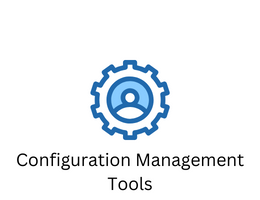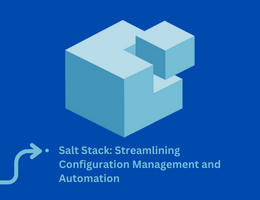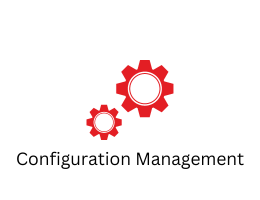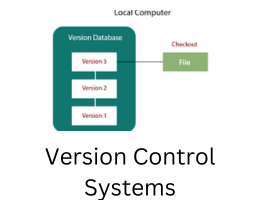
Benefits of Implementing Configuration Management in Your Organization
- By admin --
- Thursday, 13 Jul, 2023
Implementing configuration management in your organization can bring several benefits, including:
-
Consistency and Standardization: Configuration management ensures that all software and hardware components within your organization's infrastructure are consistently configured and standardized. This helps to minimize variations and discrepancies, leading to better system performance, reliability, and easier troubleshooting.
-
Improved Efficiency: By maintaining accurate and up-to-date configuration data, you can streamline various IT processes, such as software deployments, updates, and system maintenance. This reduces the time and effort required for manual configuration tasks and enables automation, leading to increased operational efficiency.
-
Enhanced System Stability and Reliability: Configuration management enables you to have better control over your IT environment. With accurate configuration information, you can identify and rectify configuration-related issues more effectively. This reduces system downtime, improves stability, and increases the reliability of your infrastructure.
-
Change Management: Configuration management supports effective change management practices. By documenting and tracking configuration changes, you can assess the impact of proposed changes, plan accordingly, and implement changes in a controlled and systematic manner. This minimizes the risk of unintended consequences and improves the success rate of change implementation.
-
Risk Mitigation: Accurate configuration management helps in identifying potential risks and vulnerabilities within your IT infrastructure. By maintaining an inventory of configuration items and their dependencies, you can proactively address security vulnerabilities, compliance issues, and other risks. This enhances overall risk management and strengthens your organization's security posture.
-
Faster Problem Resolution: When issues occur within your IT environment, configuration management provides quick access to accurate configuration data. This enables faster problem diagnosis and resolution, as you can compare the current state with known good configurations, trace dependencies, and identify potential root causes more efficiently.
-
Compliance and Auditability: Configuration management assists in meeting regulatory requirements and industry standards. By maintaining detailed configuration records and change history, you can demonstrate compliance during audits and ensure that your systems adhere to the necessary regulations, policies, and guidelines.
-
Scalability and Flexibility: Configuration management facilitates scalability and adaptability in your organization's IT infrastructure. By having a well-defined configuration management process, it becomes easier to scale your systems, add new components, and integrate new technologies. This supports business growth and enables rapid response to changing business requirements.
-
Knowledge Management: Configuration management serves as a central repository of knowledge about your IT infrastructure. It captures important information about configurations, dependencies, and operational procedures. This knowledge can be shared among team members, reducing dependence on individual expertise and enhancing overall organizational knowledge management.
Overall, implementing configuration management brings numerous benefits, including improved consistency, efficiency, stability, risk management, problem resolution, compliance, scalability, and knowledge management. It helps organizations optimize their IT operations, reduce risks, and increase the overall effectiveness of their technology infrastructure.





